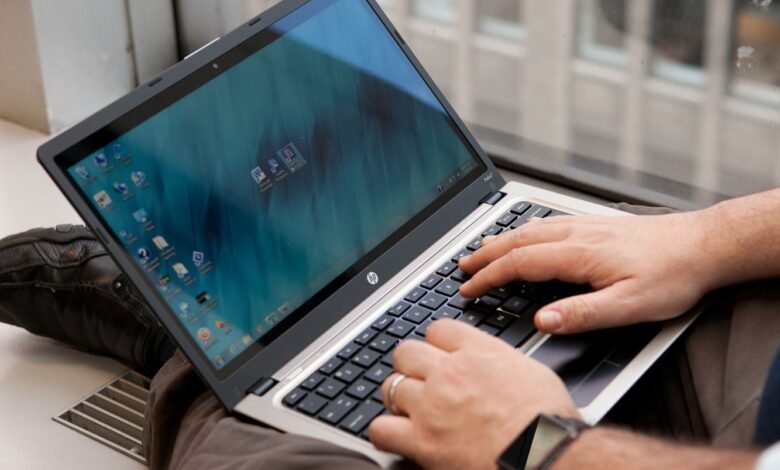4 Ways to Clean Windows and Optimize Your PC Free

If your computer is struggling, there’s nothing like a good spring cleaning to invigorate it. So, in this tutorial, we will introduce you to the different ways to free up storage space on your PC.
Before you begin, be aware that there is a very good software that can automatically do the majority of the steps described below. This is CCleaner, it is free and easy to use.
Apple customer? We recommend the article How to boost a Mac in need of speed?
Erase duplicates and other unnecessary files
The older a computer gets, the more files it accumulates.
Over time, these hinder the performance of your PC as it has to dig deeper and deeper to find the programs and folders you need.
Erasing unnecessary files stored on your computer is a must-have step to make your device faster.
For this, you can either resort to a third-party application like Easy Duplicate Finder, or use Disk Cleanup, a utility preinstalled on all Windows.
Disk Cleanup will let you know which files you should be able to delete without regret and how much space it will free up on your hard drive.
Remove unnecessary programs
Keep up the same momentum, this time by tackling unnecessary and unused programs.
Windows has its own tool for uninstalling programs. To view it, simply search your Start menu(type Add or Remove a Program)or go to your Settings → Apps & Features.
Browse the list of programs and spot the ones you don’t use. To remove them, tap their icon and then tap Uninstall.
You can also use an application like Revo Uninstaller Pro to be sure that all traces of these programs have been removed.
Take a look at our comparison of the best PC cleaning software (free and paid).
Defragment the hard drive
Now that your computer is free of everything that was superfluous, you can compact the data that remains on the hard drive, this will allow you to access it faster.
To do this, you just have to start defragmenting your disk.
On Windows 7, click the Start menu, click All Programs → Accessories → System Tools, and then click Disk Defragmentation.
On Windows 8 and 10, defragmentation is supposed to be done automatically every week.
To verify that this is the case, you can type Defragment and optimize drives in the search bar of the Start menu.
The window that opens then displays the different hard drives of your computer. If you see that one of these is fragmented to 10% or more, you can click it and then click Scan. Confirm your choice.
Disable programs at startup
If your computer is slow at startup, it’s probably because it’s loading too many programs simultaneously.
On Windows 7, type msconfig in the search bar of the Start menu. In the window that opens, click the Startup tab and then deselect the programs that you don’t want to launch when you launch your PC.
On Windows 10, and 8 type Task Manager in the search bar of the Start menu and click More Details.
Go to the Startup tab, select a program that you want to disable, and then click Disable.
For more details, check out our detailed tutorial.
Organize the Office
Now that your computer is “cleaned”, all you have to do is organize it.
Your Office should only display a few essential and properly named files.
To create a folder, right-click anywhere on your desktop, and then select New → Folder. From the same menu (right click), you can organize your icons, choose their size, align them with the Desktop.
The other files can simply be stored in the “Documents” folder of your PC. To access it, click File Explorer on your taskbar, and then click Documents in the left menu.
Here too, you can create folders, subfolders and so on, by simply right-clicking and then New → Folder.
Windows has a very efficient system search tool. So, when you can’t locate a document, simply type its name in the search bar of the Start menu (hence the importance of naming all your files correctly).
